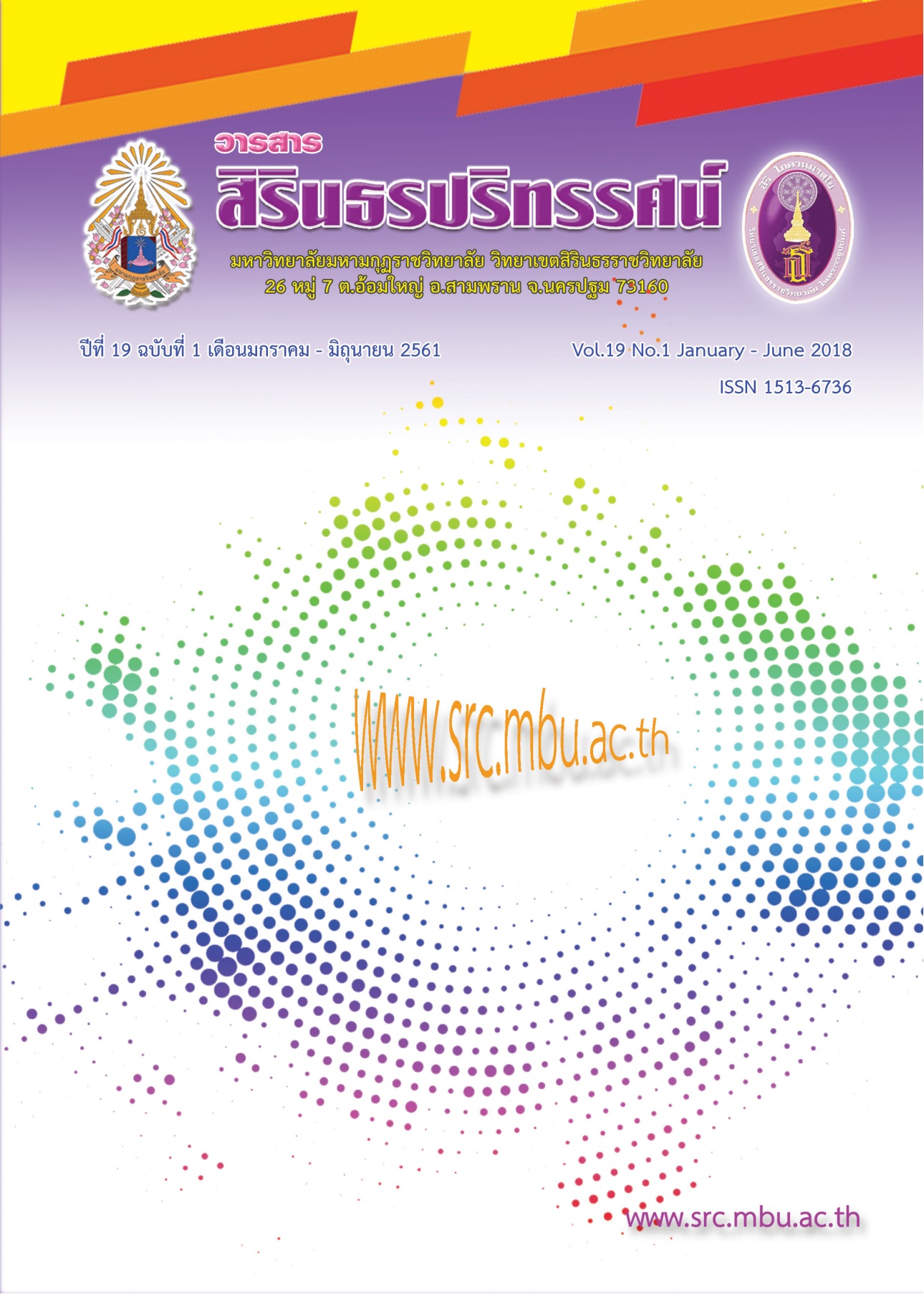Analytical study of the state in the Suttantapitaka
Keywords:
State, Power, CakkavattivattaAbstract
As states were born from evils, so it was necessary to select the persons who had good knowledge and capabilities for serving as the rulers of states. The rulers would use power based mainly on the concept of “power”. The power in this sense meant power with justice. States, as the communities of human beings, had their nature of being born, grown and decayed in accordance the principle of Tilakkhana (three Characteristics). They, however, had their own objectives and were able to successfully create the ruling principle based on Buddhist Cakkavattivatta (Emperor’s rules) which were the administrative rules and these rules would bring about an ideal society. This ideal society would have full happiness and were truly free from crimes and distinction in social status and property. In this society the people enjoyed good health and were free from all kind of sickness.
References
2.พระพรหมคุณาภรณ์ (ป.อ.ปยุตฺโต). (2548). พจนานุกรมพุทธศาสตร์ ฉบับประมวลธรรม. พิมพ์ครั้งที่ 13. กรุงเทพมหานคร : บริษัท เอส. อาร์. พริ้นติ้ง แมส โปรดักส์ จำกัด.
3.พระยาธรรมปรีชา (แก้ว). (2535). ไตรภูมิโลกวินิจฉยกถา. กรุงเทพมหานคร : กรมศิลปากร.
4.มหาจุฬาลงกรณราชวิทยาลัย. (2539). พระไตรปิฎกภาษาไทย ฉบับมหาจุฬาลงกรณราชวิทยาลัย เล่ม 10, 11, 20. กรุงเทพมหานคร : โรงพิมพ์มหาจุฬาลงกรณราชวิทยาลัย.
5.มหาจุฬาลงกรณราชวิทยาลัย. (2532). อรรถกถาภาษาบาลี ฉบับมหาจุฬาลงกรณราชวิทยาลัย. กรุงเทพมหานคร : โรงพิมพ์วิญญาณ.
6.สิน สภาวสุ. ทางรอดของมนุษย์ชาติ. (2526). กรุงเทพมหานคร : โรงพิมพ์อักษรสมัย.
Downloads
Published
Issue
Section
License
บทความที่ได้รับการตีพิมพ์เป็นลิขสิทธิ์ของ มหาวิทยาลัยมหามกุฏราชวิทยาลัย วิทยาเขตสิรินธรราชวิทยาลัย
ข้อความที่ปรากฏในบทความแต่ละเรื่องในวารสารวิชาการเล่มนี้เป็นความคิดเห็นส่วนตัวของผู้เขียนแต่ละท่านไม่เกี่ยวข้องกับหาวิทยาลัยมหามกุฏราชวิทยาลัย วิทยาเขตสิรินธรราชวิทยาลัย และคณาจารย์ท่านอื่นๆในมหาวิทยาลัยฯ แต่อย่างใด ความรับผิดชอบองค์ประกอบทั้งหมดของบทความแต่ละเรื่องเป็นของผู้เขียนแต่ละท่าน หากมีความผิดพลาดใดๆ ผู้เขียนแต่ละท่านจะรับผิดชอบบทความของตนเองแต่ผู้เดียว




